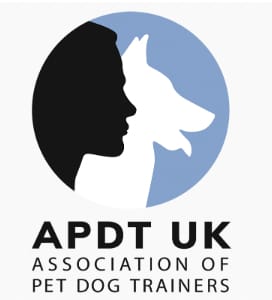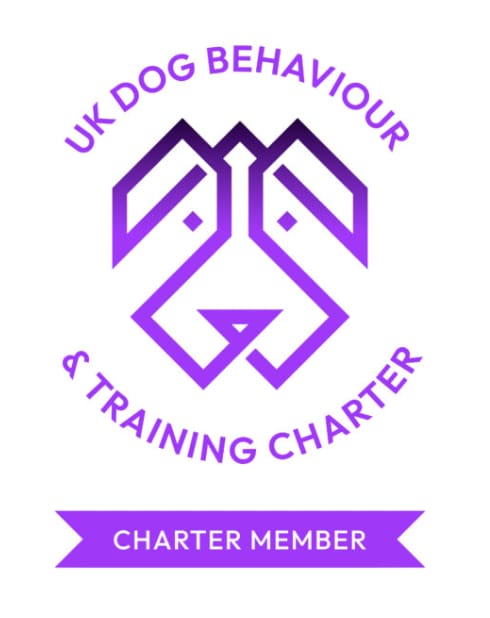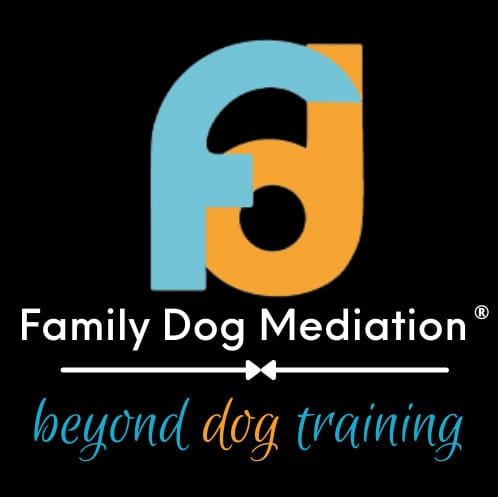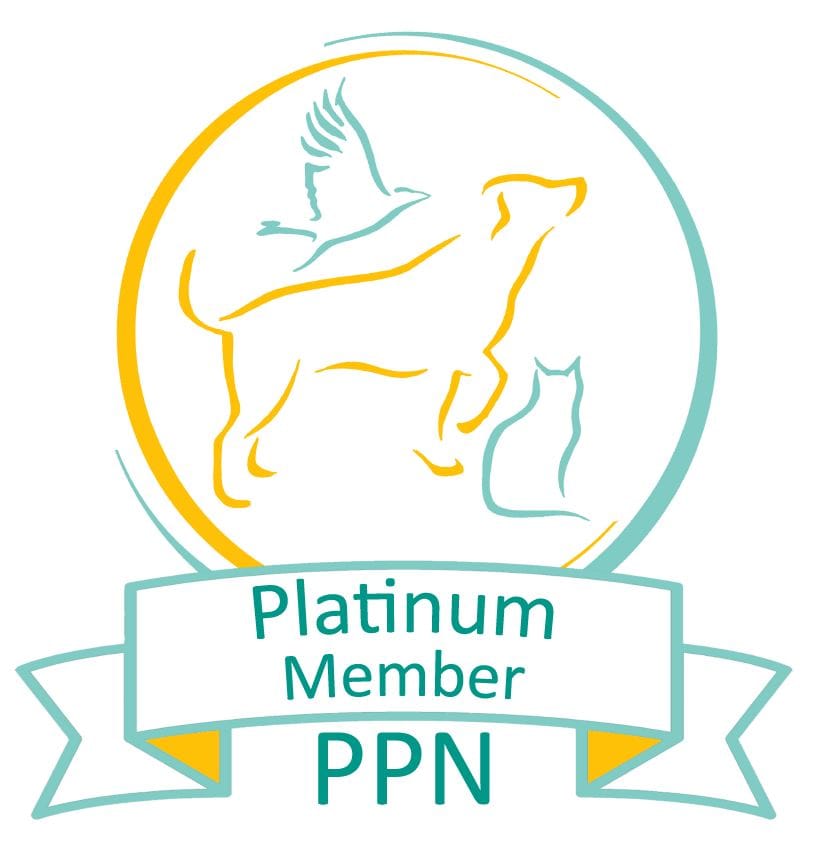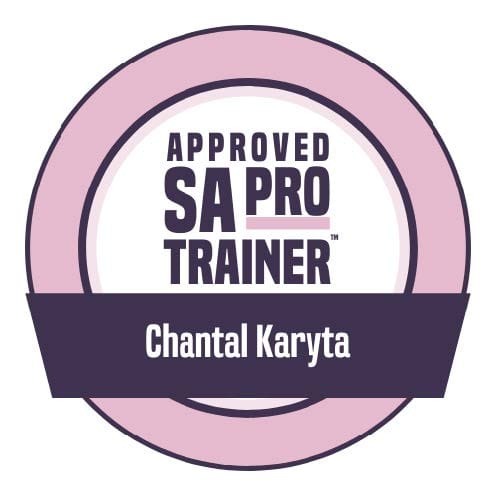Teaching your Dog to Come Back to a Whistle
08/08/2012 - Blog
1. Start your training in your home at first and make sure you have your dog’s attention and some treats or some of their own kibble to hand.
2. Blow the whistle in exactly the same way you would when out on a walk and give your dog a treat within a couple of seconds of blowing. Repeat many times. The idea is for the dog to learn that the whistle means a reward is coming.
3. Next, wait for your dog to look away from you. Blow the whistle again – if he looks at you, reward with a treat. Repeat this step many times.
4. When your dog is in another room from you, blow the whistle. If your dog comes to you, again reward. This step shows that your dog is starting to understand what the whistle means. You can also blow your whistle every time you give your dog his bowl of food. He will soon learn the whistle means good things are coming!
5. Next, take your training outside. Go to one end of your garden with your dog at the other end and blow your whistle. You can also use an open hand signal but there is no need to say anything to your dog such as ‘Rover, Come!’ You want to teach your dog to come back solely to the whistle. Always reward your dog for coming to you. If your dog is more into toys than food, then use a toy as a reward and have a game with your dog when he returns to you.
6. Once your dog is consistently coming to you on a whistle blowin the garden, it is time to take your training out on a walk. Start in a place with low distractions, i.e. a quiet park with noother dogs or people about. If you are having recall problems, it may also be useful to attach a long line to your dog. I always prefer to attach the long line to a dog’s harness rather than their collar so they do not hurt their necks. Wait for your dog to walk a short distance away from you and blow your whistle. Reward for coming back to you. If your dog does not come to you straightaway, try running away fromyour dog. This should encourage him to come to you.
7. Gradually, build up the distance that your recall your dog. Always reward them for coming back to you. You can then start to work on your training in places where there are more distractions. Again, use a long line if needed to reinforce your recall training.
Further Tips: Do not rush these steps. If you go too quickly, you run the risk of your dog not fully understanding the whistle. Do not do too much too soon with your dog. Just spend a few minutes at a time doing the whistle training – always stop when your dog is doing well. Do not carry it on until your dogs becomes bored, always end on a positive. Never feed your dog before going on a walk. As well as increasing the chances of ‘bloat’, you do not want your dog to be full up, otherwise, this decreases the chance of him not wanting to come back to you. When out on a walk, you have to compete against all other distractions. If you think about rewards in terms of monetary value, something like a gravy bone may be worth £1 to your dog,whereas a treat your dog would not normally get, such as fresh chicken, hotdog sausage, liver, etc may be worth £50. If you were a dog, which one would you rather have? The treats you give your dog only need to be very small, i.e. the size of your small finger nail for larger dogs, and half that for smaller dogs. Need further help? If you need further assistance with your dog’s recall, CK9 Training offers a variety of obedience dog training classes, recall workshops and park training walks which all assist in recall training. Please contact us on 07739 815 265 or at [email protected]. Our website www.ck9training.co.uk has a full list of our services.